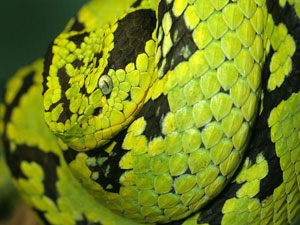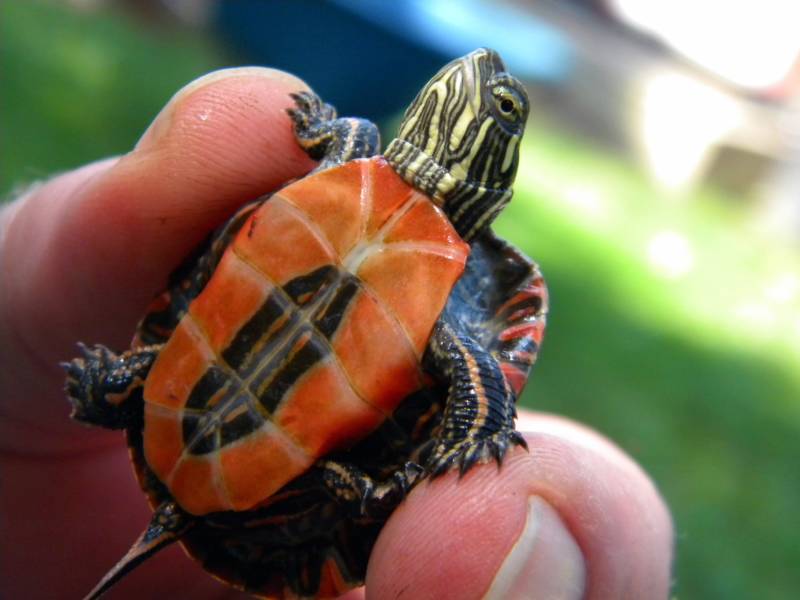An innovative citizen science project gains momentum, sprouts new branches

The organizers of a new effort to catalog the world’s reptiles want to enlist you and your iPhone for their cause. The Global Reptile Bioblitz launched last month and aims to collect amateur observations of every species of reptile on Earth — all 9,413 of them. The project is the sister effort of the Global Amphibian Bioblitz which launched earlier this summer and, thanks to submissions from citizen scientists around the world, has already collected photos of more than 700 of the nearly 7,000 known amphibian species on the planet.
The observations are all logged at iNaturalist.org, an online citizen science community with more than 2,000 members who’ve cumulatively logged more than 30,000 field observations of species ranging from redwoods to coyotes.Observations can be uploaded to the site directly, or through an iPhone app, also called iNaturalist, which was launched earlier this year. Since we first reported on it back in January, the app has been downloaded more than 3,000 times, according to its developer Ken-ichi Ueda.
Scott Loarie, a researcher at the Carnegie Institution for Science who is coordinating both the reptile and the amphibian initiative says that it’s critical to document reptile and amphibian populations around the world because they are changing rapidly, due to climate change, habitat loss, disease, and irresponsible collecting.
He said iNaturalist is making a critical connection in this effort, by allowing amateurs to share photos, and connecting them with experts who can identify the species.

“The Flickr and Facebook communities, which are really outside the academic efforts, are sharing photos ferociously,” said Loarie. “With iNaturalist, there’s the ability to turn these casual photos into real data points for scientists, and that’s really exciting.”
Loarie said a new pilot project between iNaturalist and the International Union for the Conservation of Nature (IUCN) Red List of Threatened Species illustrates this point. The IUCN is considered the world’s main authority on the conservation status of species, and it aims to have the status of every species evaluated every five-to-ten years. Starting this week, iNaturalist will be powering the distribution maps on the new IUCN Amphibian Specialist Group site.
According to Loarie, iNaturalist will not only provide the technology for the IUCN to have interactive, dynamic maps. It will also provide citizen science data that can help update the species distributions and in that way, potentially affect conservation action and policy.
“Every observation can confirm the existence of these species in these locations,” said Loarie. “This way the IUCN can say ‘This is our range map. Are we right or not?'”
“One of the problems with citizen science is that there’s been a high barrier to entry. You really have to be highly skilled,” said Loarie. “But what the Internet has done, with its culture of sharing photos, is that it separates the citizen from the scientist: the citizen just has to share the photo. That’s dropped the barrier to entry for citizen science.”
